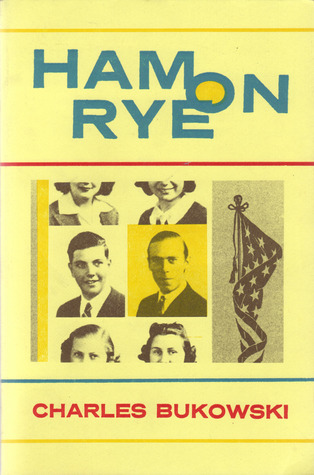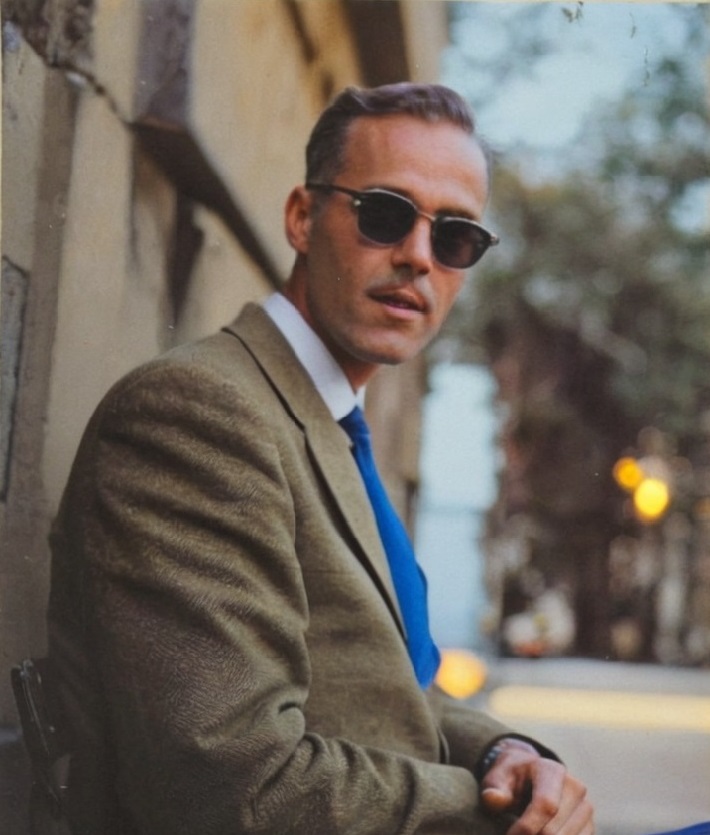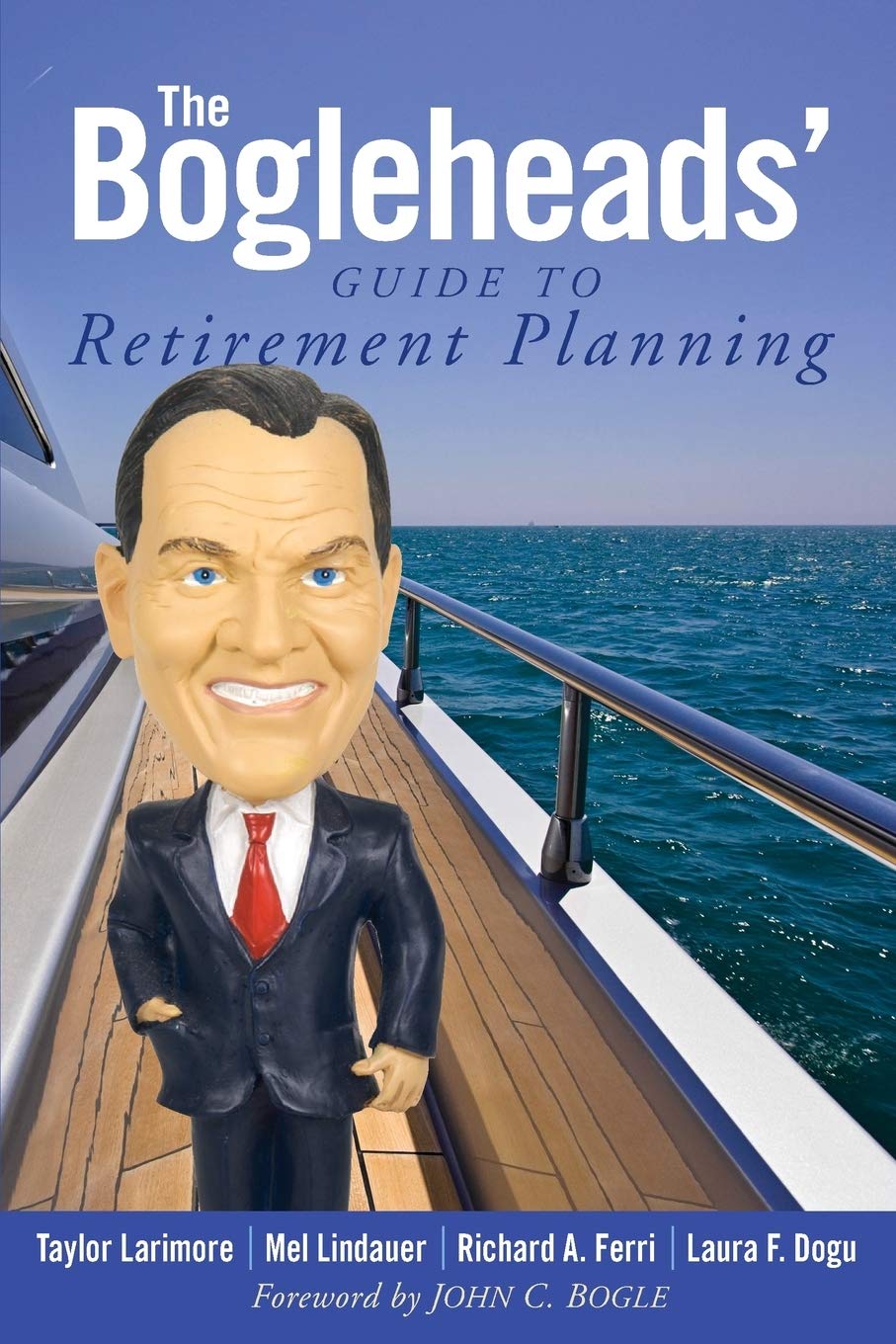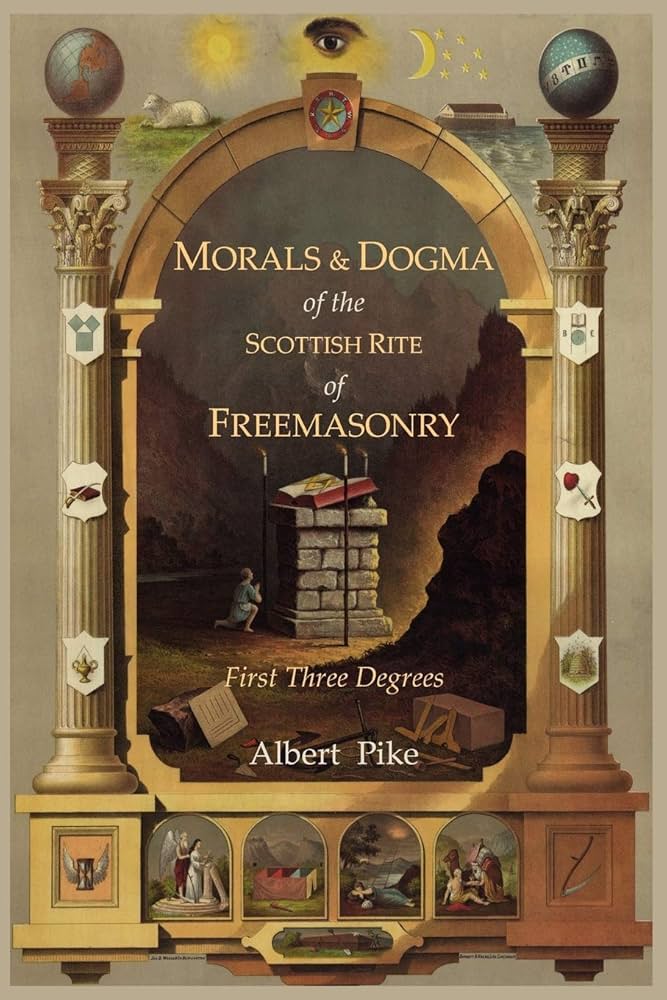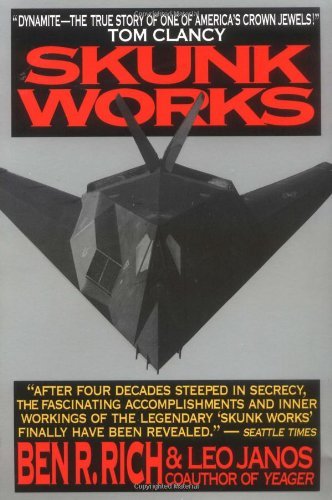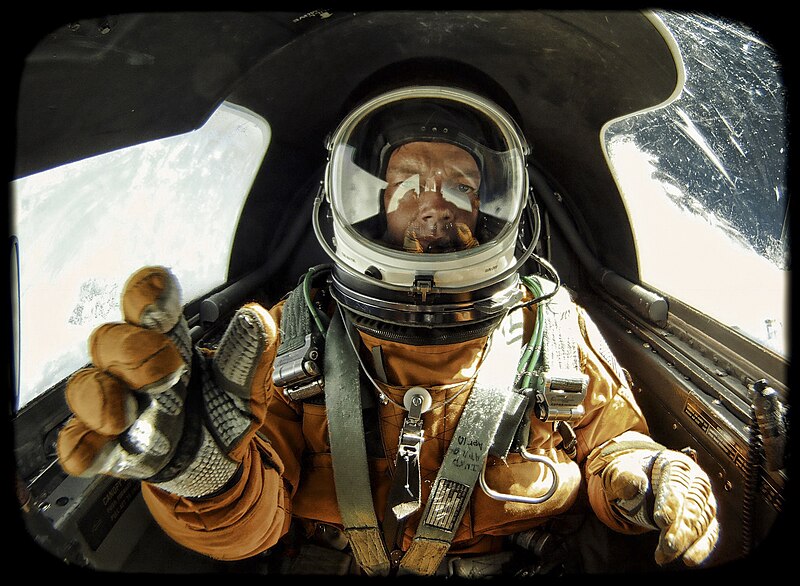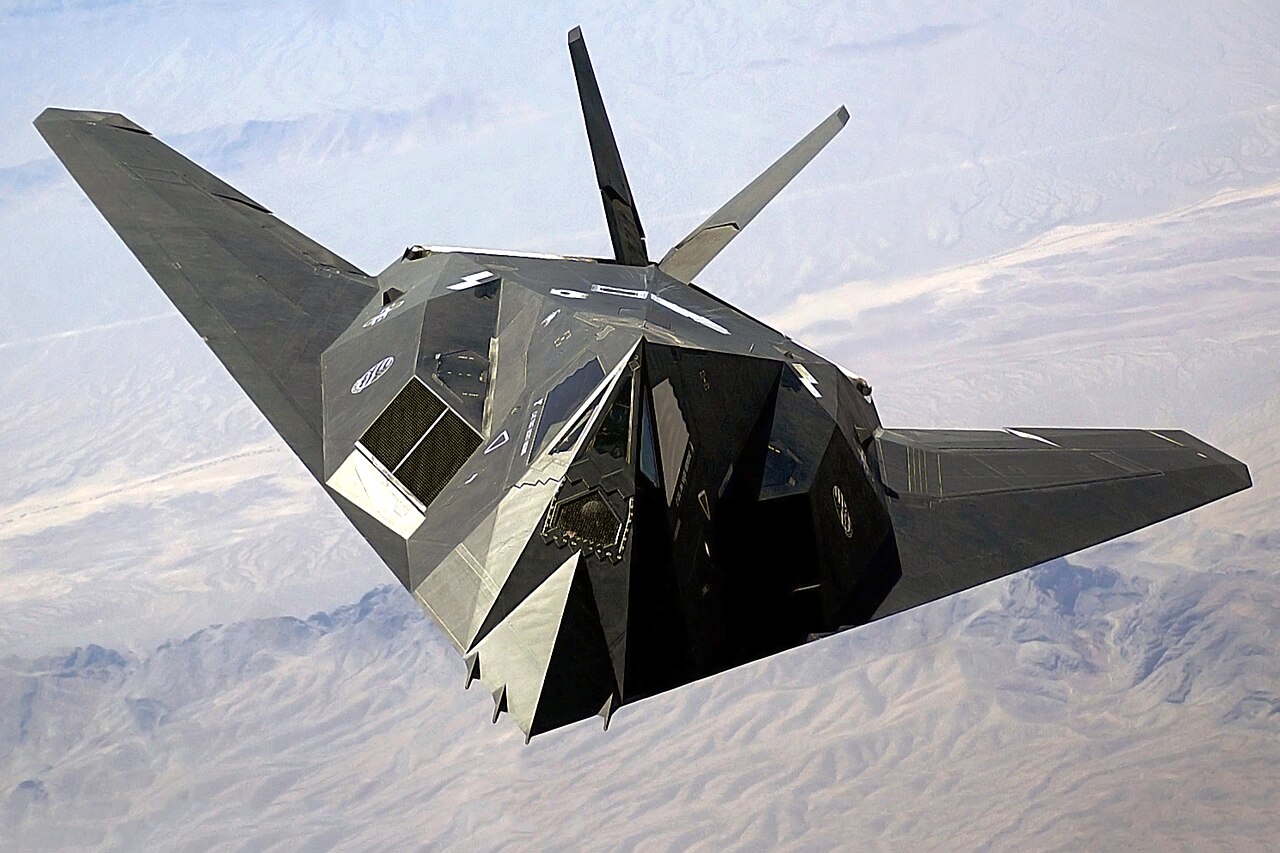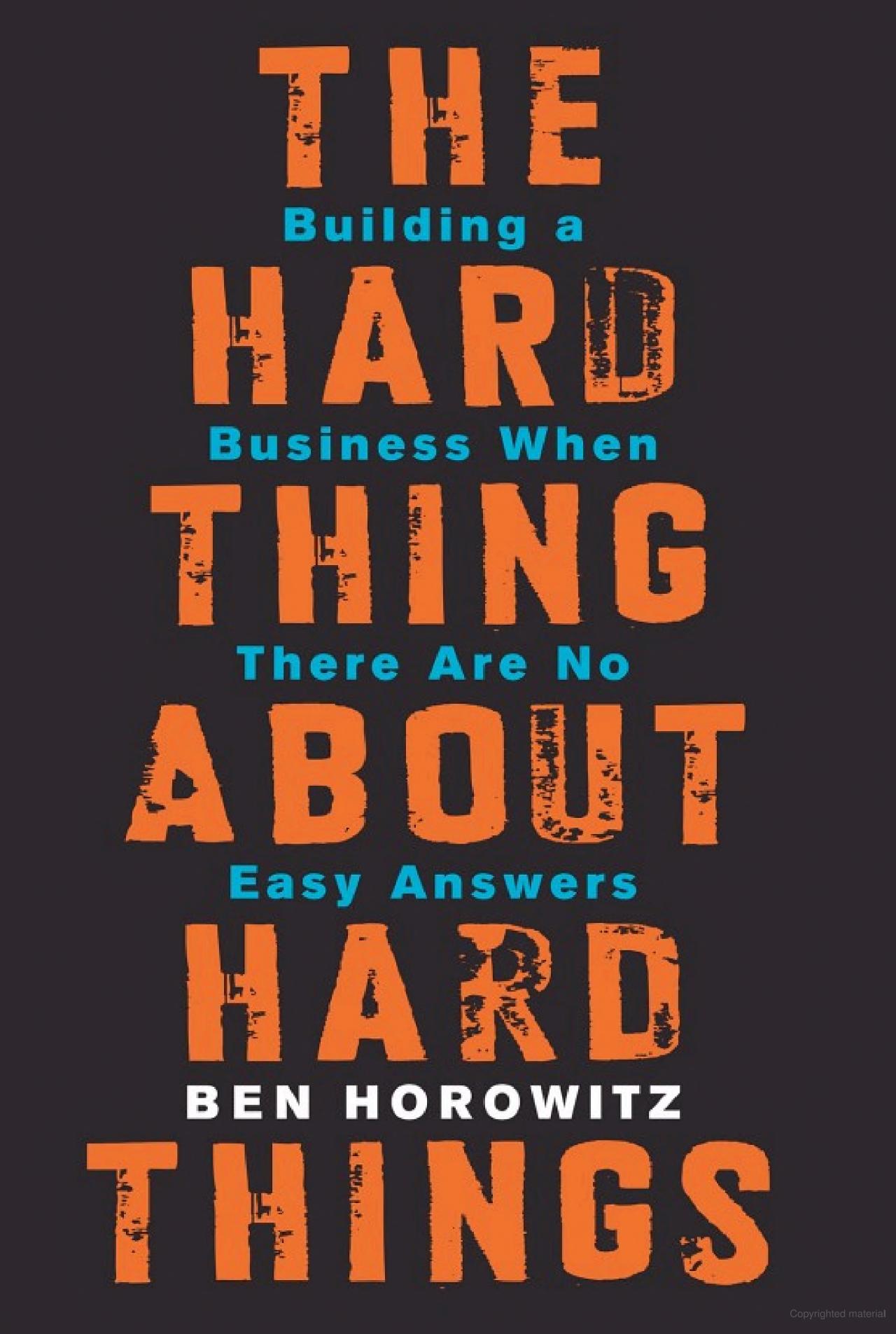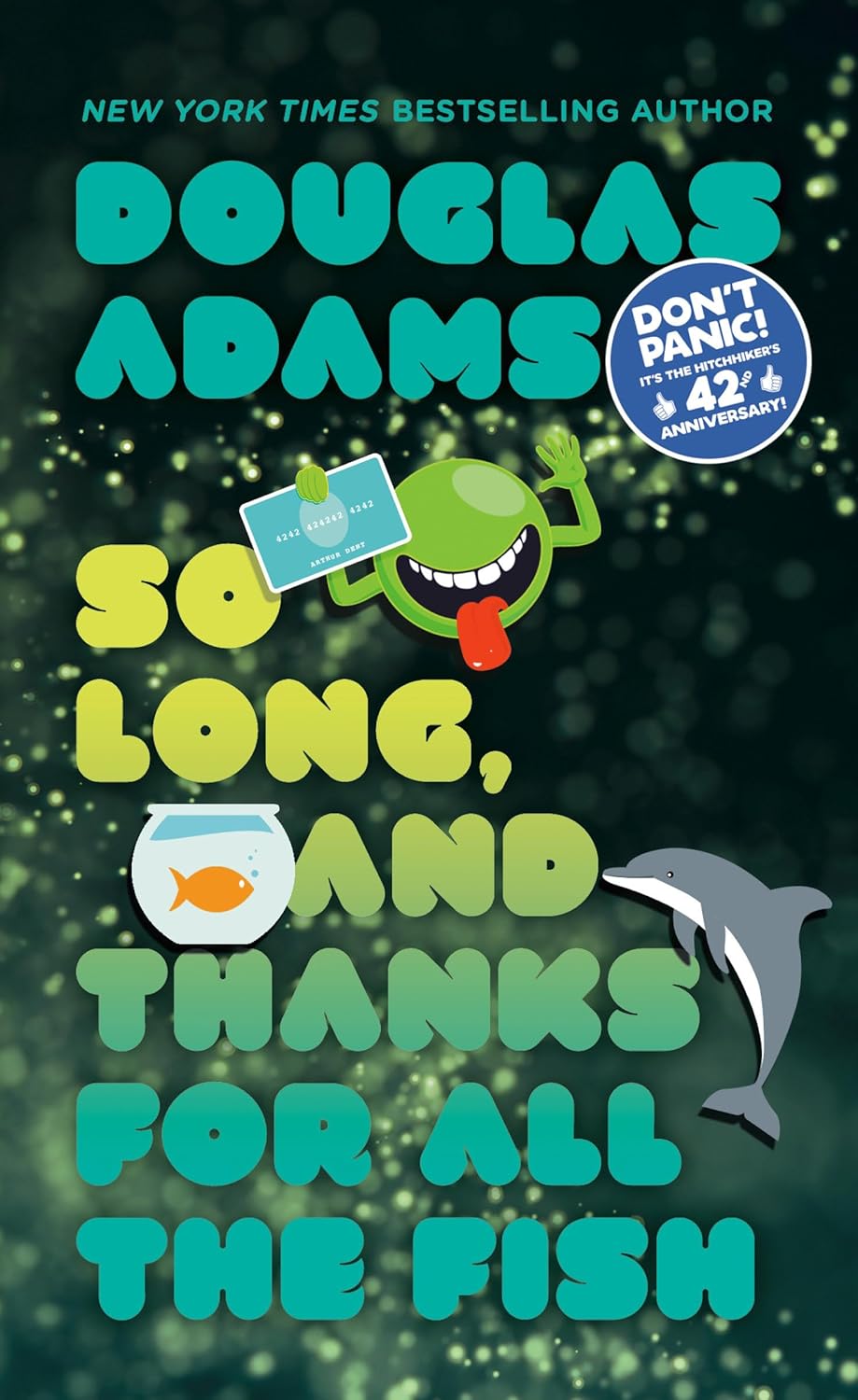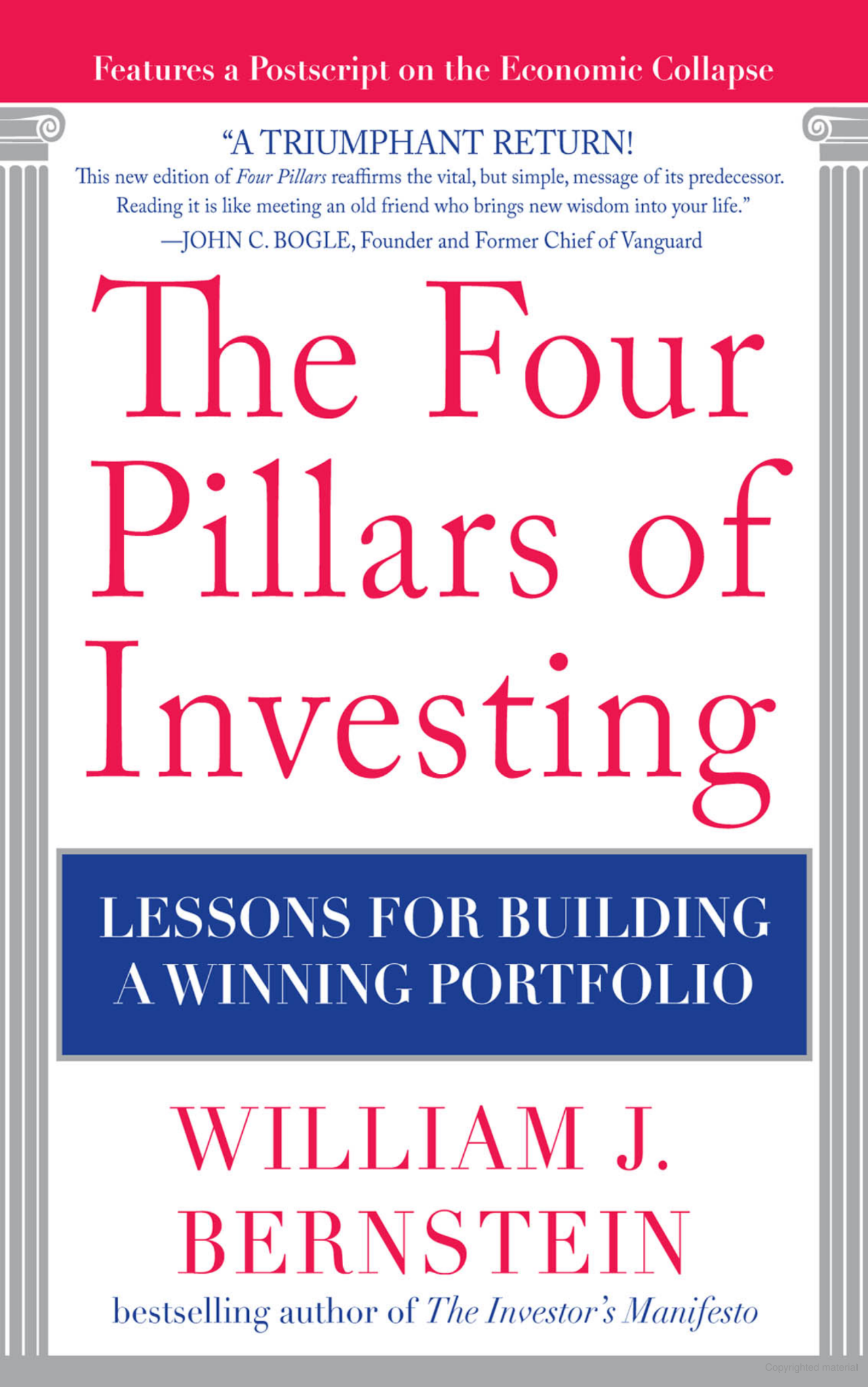
This book is mentioned in a book I previously read, The Bogleheads’ Guide to Retirement Planning. It gives much of the same advice on investing, but in a little more detail. It recommends buying the market, just as the Bogleheads’ book, but it also delves into the psychology, history, and business of investing. Combined with theory, psychology, history, and the business of investing make up the four pillars.
I already mentioned what the majority of the theory entails – buy the market. Use index funds and own some of everything, domestic stock, international stock, bonds (mostly short term), and REITs. The reason is that nobody has reliably beaten the market for any substantial period of time. Large investment companies have far more resources and insight than you do, and they often cannot do it. What chance do you have picking individual stocks? I do have a little disagreement on this. I work in pharmaceutical and technical industries and have a computer engineering degree. If I recognize a company or idea that shows great promise during the course of working with these companies, I will deviate from this core strategy somewhat and buy these companies in addition to buying the market. I will likely stop doing this as I get nearer retirement because it does entail a little more risk. A little more risk in this case often means a little more reward. I will not however, buy based on internet or media advice. This is likely tainted and biased or simply a case of a monkey throwing darts at a stock page.
There is also some industry that is always “hot”. Right now it is Quantum computing and AI. Companies such as Palantir (PLTR), Nvidia (NVDA), ARM (ARM), and Quantum Computing (QUBT) have done quite well recently. This is where the pillar of history comes into play. This book describes investment events going back to the 1600’s. In 1683 William Phips had investors set up a company to find sunken treasure in the Bahamas. It proved widely successful, with hundreds of tons of silver recovered. This lead to companies trying similar excursions with “new technology” to assist in finding even greater amounts of treasure. Untold fortunes were dumped into these ventures with no return. Later, in the 1800’s, English railroads were proving to be quite profitable investments. So much money was poured into this that rail lines were being built that made no sense. They were building lines that basically went from nowhere to nowhere with no hope of ever recouping investment costs. Later it was the dot-com bubble that popped in 2000. Regardless of the technology and its recent history, there is plenty of evidence that investors tend to over-invest in the newest technology. The most interesting thing I learned from investing history is that it is more often than not, the user of the new technology that benefits most from it, not the creator. Rail lines helped manufacturers that used the rail companies to move their goods more than it benefited rail companies in the long run. Personal computers helped businesses that used them generate more profit than those who manufactured them. Apple and IBM nearly teetered on bankruptcy for periods of time while businesses using the technology they helped promote prospered as the computer industry was overloaded with competition. With any new technology, there is going to be an inevitable, initial influx of funds with a public eager to make a quick profit. Be familiar with similar events in the past and don’t get too caught up in the emotional wave that new technology often brings.
Psychology is a pillar most do not think about when discussing investing. This is a big mistake. After reading Basic Economics, by Thomas Sowell, it became apparent to me that economics is largely just a study and application of the effects of human behavior on matters of finance. If everyone thinks the economy is great, it probably will be. The market acts in this manner. It can be wildly emotional and unpredictable. It is important to create a plan and stick to it. If you invest for long enough, you will almost certainly encounter a time when your portfolio loses 20%. This can be very disheartening and cause investors to bail out and accept losses rather than incur more. If you have a good plan in place, this is when you sell your more profitable assets to buy those currently at a discount. Psychologically this is tough, but to follow a plan and keep a portfolio in balance (ratio of stocks to bonds), it is necessary.
Finally, like the Bogleheads’ book, this book does not look on financial advisors favorably. Here is a quote from the back cover, “The stockbroker services his clients in the same way that Bonnie and Clyde serviced banks.” Like the Bogleheads’ book it points out that success and failure, long term, in investing, can be the difference of a few percentage points. If you are paying an advisor 1% and he is buying funds that have high fees, you are starting out in the hole. I have had money money in a managed account. I saw exactly what they do with it. It is exactly what is outlined in this book. Having Vanguard or Fidelity manage your money will likely work out for you if you do not have the stomach for investing for yourself, but it will likely cost you a couple of percentage points. Over many years, this will likely amount to a great deal of money. This book is well worth reading so you can handle your own investing, or at least identify what proper investing should look like.


